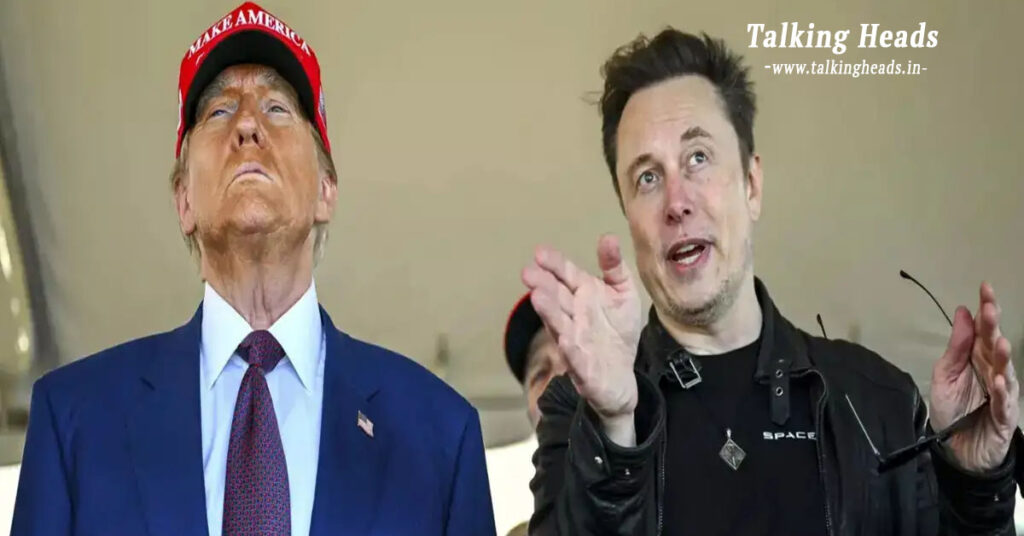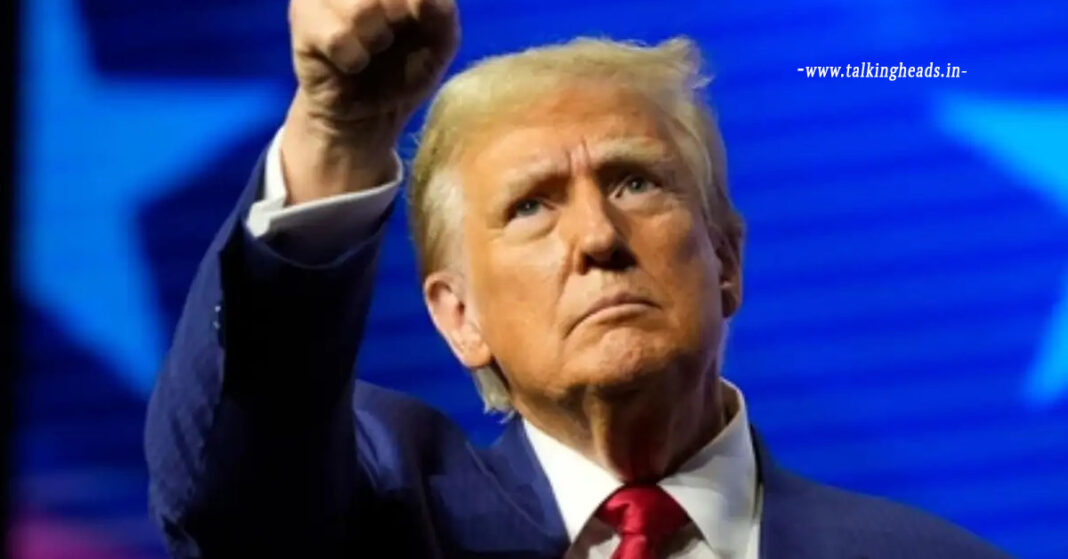Elon Musk Parts Ways with Trump Administration After Just 130 Days
Table of Contents
U.S. President Donald Trump is facing a political storm just four months into his second term. In a span of 72 hours, three major developments have shaken his presidency—Elon Musk’s resignation, a court ruling blocking his key tariff policy, and a sharp escalation in tensions with Russian President Vladimir Putin.
The first blow came from Trump’s closest ally, billionaire entrepreneur Elon Musk, who abruptly resigned from his government role. Musk had been appointed head of the Department of Government Efficiency (DOGE), tasked with cutting wasteful federal spending. His departure came after just 130 days in office.
“I’m grateful to President Trump for giving me the opportunity to reduce government overspending,” Musk said in his resignation statement. However, sources say the real reasons go deeper. There were at least four major incidents where Musk’s views sharply diverged from Trump’s policies.
Musk-Tesla Rift Deepens Over Key Policies and Personal Disputes
One of the primary points of contention was Trump’s “Big and Beautiful Bill,” which aimed to slash taxes across the board. Musk publicly criticized the legislation, calling it counterproductive to the cost-cutting mission of DOGE.

Further fuelling the rift was a failed attempt by Musk’s AI company, xAI, to secure a lucrative data centre deal in the UAE—a contract that instead went to rival OpenAI. Despite Musk’s personal lobbying, Trump chose not to intervene, reportedly frustrating the Tesla CEO.
Another source of friction was Musk’s failure to deliver on a $100 million donation promised for Trump’s midterm campaign fund. Though he had already contributed $250 million during the 2024 presidential race, the unfulfilled pledge angered Trump’s inner circle.
By late May, Musk publicly declared he would no longer fund political campaigns, signaling a full retreat from Washington politics.
U.S. Court Blocks Trump’s Reciprocal Tariffs, Cites Constitutional Overreach
Trump’s second major setback came from the judiciary. On April 2, 2025, Trump announced reciprocal tariffs on imports from over 100 countries, citing the 1977 International Emergency Economic Powers Act. The move was widely criticized and led to a significant stock market downturn. Trump paused the tariffs temporarily, but legal action soon followed.

A group of American importers filed a case, and on May 28, the U.S. Court of International Trade ruled the tariffs illegal. The three-judge panel stated that imposing import duties is not within the President’s constitutional authority and falls under Congressional powers.
The court emphasized that while the president may regulate foreign trade during emergencies, setting tariff rates exceeds that scope. The ruling effectively froze all decisions made under the tariff policy since January, dealing a heavy blow to Trump’s “America First” economic strategy.
Trump-Putin Relations Deteriorate Over Ukraine Conflict
The third and most geopolitically significant jolt came from Moscow. Trump had promised to end the Russia-Ukraine war within 24 hours of taking office, even securing a temporary ceasefire in March. However, by late May, those efforts had failed.

Tensions peaked when Putin launched a drone and missile strike on Ukraine just days before a planned prisoner exchange. An infuriated Trump called Putin “crazy” on social media and accused him of wanting the “whole of Ukraine, not just a part.”
In another post, Trump warned, “Putin is playing with fire.” This marked a dramatic shift from Trump’s earlier tone, where he had often spoken about forging peace through diplomatic engagement. His failure to bring about a lasting ceasefire has drawn criticism both at home and abroad.
Trump’s Campaign Promises Crumble Just Four Months Into Office
Trump’s presidency is faltering under the weight of his own ambitious promises. He had pledged to end the Middle East and Ukraine conflicts, deport millions of undocumented immigrants, and impose stiff tariffs to revive American manufacturing.
While a short-lived ceasefire was achieved between Israel and Hamas, it collapsed within two months. His Ukraine peace plan has also stalled, despite repeated diplomatic efforts and direct talks with both Ukrainian President Volodymyr Zelensky and Vladimir Putin.
On immigration, Trump enacted the Laken Riley Act to facilitate mass deportations. Yet, only 150,000 of the 1.5 million targeted undocumented migrants have been deported so far. Experts cite logistical and legal barriers as major challenges.
Economically, Trump’s tariff war backfired. Instead of boosting U.S. industries, it triggered panic in financial markets. After the reciprocal tariffs were announced, the stock market lost over $5 trillion in value within two days. Now, with the policy blocked by the courts, Trump’s economic agenda appears rudderless.
Is Trump’s Political Clock Ticking Down Already?
Many foreign policy experts believe Trump’s downfall may be starting sooner than expected. His overpromising and underdelivering have led to a drop in popularity, even among his staunchest supporters.
“Trump treats diplomacy like a business deal,” said a senior geopolitical analyst. “But international politics doesn’t work like Wall Street.” They argue that Trump’s reliance on personal influence over systemic policy has weakened his effectiveness.
Protests have erupted across universities over funding cuts, and dissent is growing within his own party. With Musk abandoning ship, the symbolic fallout is even greater—his most high-profile ally no longer believes in his vision.
Whether Trump completes his full term or not, one thing is clear: the honeymoon is over. And if his administration doesn’t shift gears quickly, the countdown to a political collapse may already be underway.










